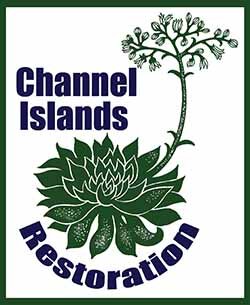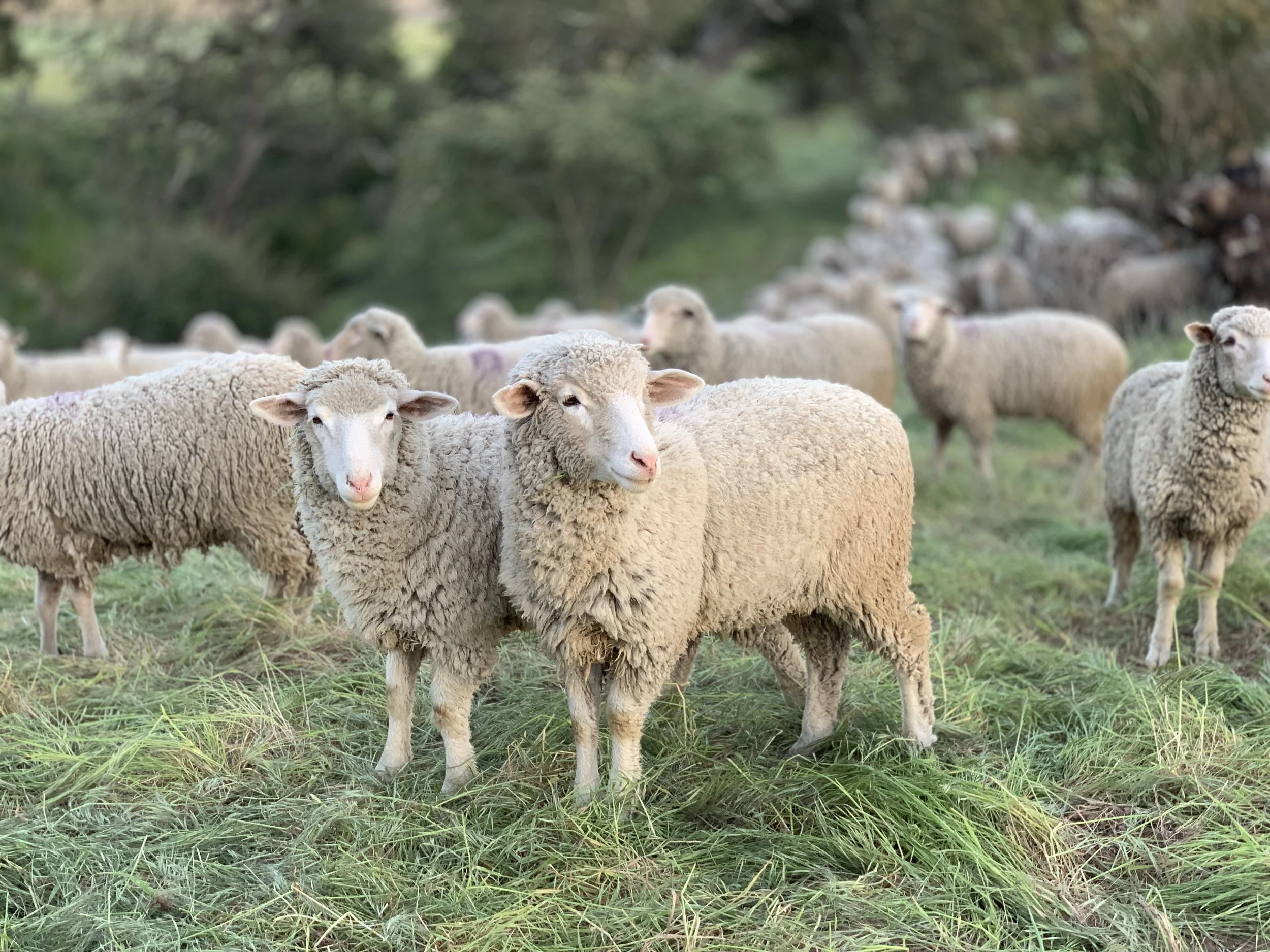The good news is that once again, CIR is working on eradicating tamarisk in the rugged and beautiful watersheds of the Santa Ynez River and Sisquoc River.
Those familiar with the two rivers know how difficult they both are to access. Once off the “more easily” traveled roads and trails, we enter a world that only a small number of people have ever visited. It is a wild and largely untouched world back there, and yet just a few miles away as the condor soars.
From March to July 2020, Channel Islands Restoration worked in the Angeles National Forest northeast of Lake Castaic removing non-native weeds to make room for the native chaparral plants of the area. Plants that we removed include yellowstar thistle, tocolate, and tumbleweed (Russian thistle), all of which are non-native, highly invasive, and highly flammable.
Autumn in the Heritage Valley of the Santa Clara River, the area upstream of Santa Paula and down stream of Piru, is beautiful this time of year.
The mornings are cool and damp. The afternoon temperatures often dip to near tolerable double-digit levels and the smell of freshly tilled dirt is prevalent on the subtle breeze.
Orderly rows of petite greens, herbs and celery, begin to emerge in the fields, lovers of the cool damp mornings that dry into bright sunny afternoons, the same growing conditions that have been ideal for citrus the last 150 years.
In an amazing outpouring of support for the natural world and for the value of open space, CIR has received over 1.3 million dollars in donations and pledges to purchase a portion of the San Marcos Foothills. Most of that funding ($1,035,556 as of this writing) was donated in cash, while $263,228 has been “pledged” to the campaign.
Our mission is to purchase the undeveloped property next to the San Marcos Foothills Preserve at fair market value, to protect it forever as public open space, and to restore the native habitat
Channel Islands Restoration biologists recently completed a comprehensive biological study of the Sierra Madre Potreros. The potreros are expansive grasslands occupying about 1,500 acres that are located in the Los Padres National Forest on the edge of San Rafael Wilderness between the Sisquoc River and the Cuyama River.
The Carpinteria Salt Marsh is an incredibly diverse and fragile area easily visible from the 101, but difficult to access given its protected status. I look forward to any opportunity to work there, and evidentially so do many of our volunteers.
I grew up outdoors. I spent most of my childhood summers in the upper Santa Ynez River valley. I’ve fished and boated rivers all over the country. I have made nearly holy pilgrimages to specific rivers, falls, canyons and fishing holes. Somehow, I missed the Santa Clara River completely. I think it might have been too big for my brain to comprehend as a Southern California river system.
This pandemic is incredibly difficult on our country and community. Beyond the clear and present personal health hazards, it has far reaching consequences hurting the livelihoods from restaurant owners to dog walkers.
A recent study found that nearly one in three birds have been lost since 1970. Grassland birds have been hit the hardest. Their populations have declined an average of 53% since 1970. How can you help?
We are shocked, saddened, and horrified by the news of the Conception and the people aboard this past Labor Day. This is a terrible blow to the Island community and our thoughts are with the friends and families who lost their loved ones.
This past spring we set out to do a biological inventory of the Sierra Madre Potreros - a unique set of open grasslands set along the Sierra Madre Ridge - to determine if habitat restoration is necessary and how it would best be done.
Channel Islands Restoration held our highly anticipated White Mountains Educational trip during the 4th of July holiday weekend. CIR Volunteer Coordinator Nancy Diaz writes about her firsthand experience on this annual Natural History Trip.
The only native turtle on the West Coast is the Western Pond Turtle. In honor of our native turtles on this special day, please enjoy the following videos and then click the link below to learn how you can help protect them!
There is nothing quite like a CIR trip to the Santa Barbara backcountry. On each trip, an assemblage of tamarisk mercenaries systematically surveys the designated watershed, leaving no trace aside from a path of tamarisk skeletons in its wake.
In an effort to recreate the effects of herds of grazing animals, we are bringing a large number of sheep to these grasslands for short periods of time.
Giant coreopsis (Coreopsis gigantea) is an enigmatic poster-child of the Channel Islands due to its large size and vibrant colors. The big, floppy daisy-like petals and verdant green leaves can often be seen framing the edges of pictures taken at Inspiration Point on Anacapa Island in the spring.
Here at Channel Islands Restoration we work in a lot of scenic places - the cliffs of East Anacapa Island, the peaks of Santa Rosa Island, on the sand dunes of San Nicolas Island, along the banks of the Sisquoc River, in the rolling grasslands of the San Marcos Foothills, and more. However, sometimes it’s not so glamorous, and that’s been the experience for many of our field technicians in the past few months.
With this year’s rain, it’s looking like it’ll be a great year for wildflowers! Blankets of poppies and lupine, pockets of monkeyflowers, lilies, and fiesta flowers, rare stream orchids and Humboldt lilies, and more can be found all throughout the Central Coast - but the question is, where?





















